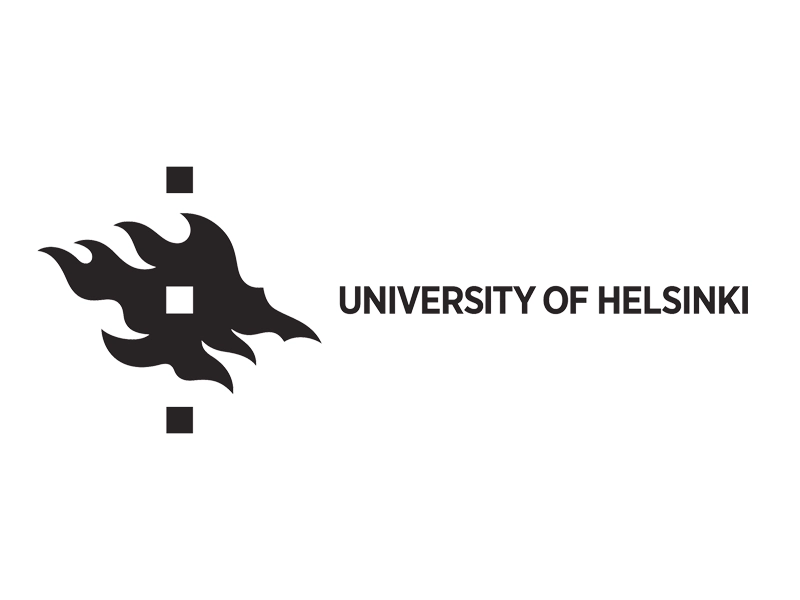University of Helsinki

“When used in a strategic way and at the right stage in the selection process, video interviews can be beneficial to the selection committee, especially in our situation where we have a large selection committee.”
—Gretchen Repasky, Coordinator of Research Training, FIMM, University of Helsinki
University of Helsinki: International talent with video interviews
When university’s goal is as high as becoming one of the 50 best universities in the world, you have to sacrifice a thought about how this could be done.
The University of Helsinki is known of their high level of research and teaching, and according to international rankings, they rank as the top university in Finland. Therefore attracting the best talent both nationally and globally is necessary to furthermore improve the level of research.
At this level of expertise the best talent is under high competition. No potential candidates can be bargained away which requires the recruitment to be effective and transparent throughout the process. The Institute for Molecular Medicine Finland (FIMM) in collaboration with Helsinki Institute for Information Technology (HIIT) have been using video interviews since 2010 in order to maintain this policy from an early stage of the process.
“When used in a strategic way and at the right stage in the selection process, video interviews can be really helpful to the selection committee, especially in our situation where we have a large selection committee” says Gretchen Repasky, Coordinator of Research Training at FIMM.
FIMM was looking for Doctoral Students and together with HR they implemented Recright video interviews after they received online applications. This enabled shortlisting the candidate pool from which half were then invited to Skype interviews.
“There were two objectives for the Recright video interviews: one was to gain knowledge about language and communication abilities and second was to determine the level of interest in research areas at FIMM and HIIT”, describes Repasky.
Keep it short and compact
The recruitment process was already dense before Recright video interviews, but Repasky was able to conduct them without adding any extra time. Repasky illustrates:
“It doesn’t have to solve your process, just ask about language skills and interest and keep it short.”
When video interviews are placed in at an early stage, it helps a recruiter to keep candidates up-to-date on the process and like Repasky describes “informed and engaged”. When language skills and level of interest have been asked in video interviews, Skype interviews can focus more on in-depth research discussion with follow-up questions.
Better talent, stronger candidate pool – more contracts signed!
Applications arrived roughly from 250 persons from 27 countries. When asked about the differences between video interviews and Skype interviews, Repasky illustrates:
”The two have their advantages and disadvantages and both have worked nicely in a complementary way in our process.”
Repasky ironically continues:
“Although video interviews have added a needed level of screening and are useful, they actually made the selection for Skype interviews harder because we had a stronger applicant pool as a result”.
As a result of using Recright video interviews the candidate pool has gained strength and the amount of candidates receiving invitation to a personal interview has grown from 5 to 9.
Even more importantly, in 2013 FIMM and HIIT were able to offer contracts for 6 students instead of 3. The selection process for 2014 is still on-going, but FIMM is expecting similar results this year. In addition to increased contracts, Recright has enhanced the image of the recruitment process as professional, fair, objective and transparent like FIMM and HIIT aim for it to be.
